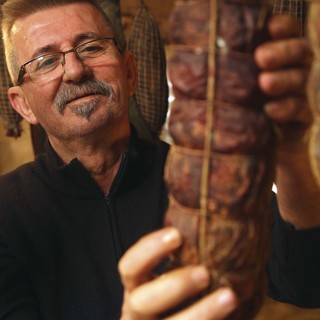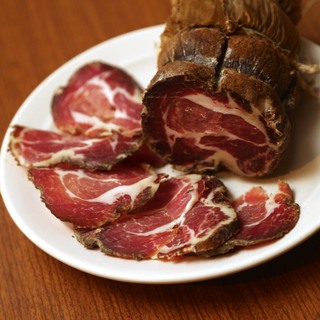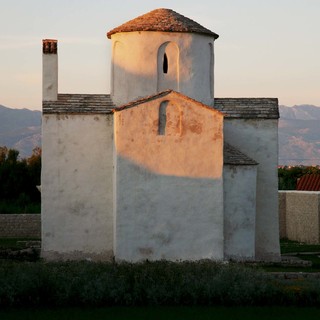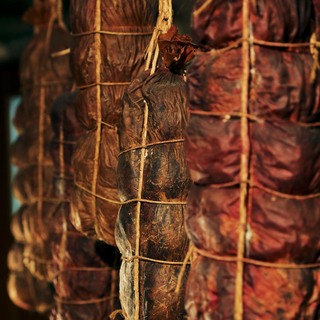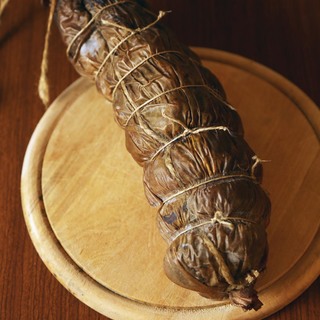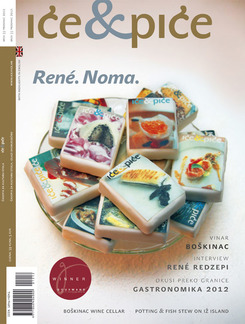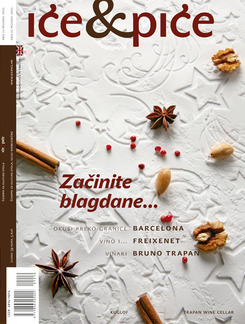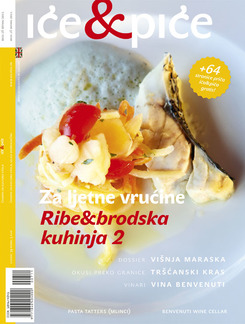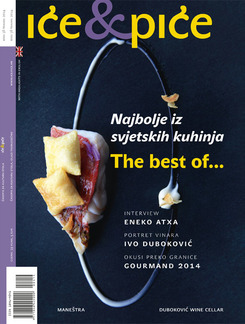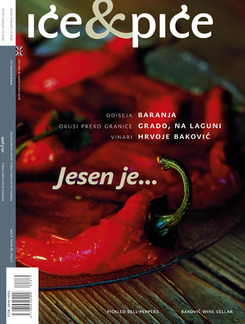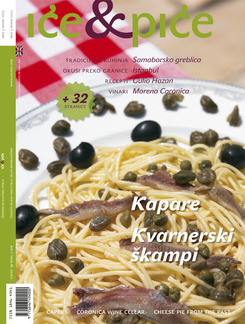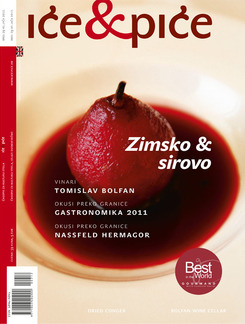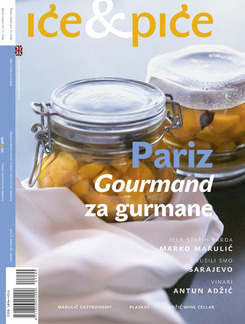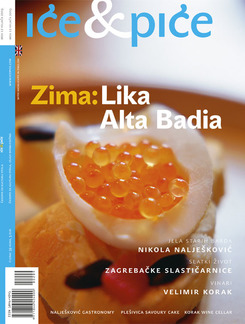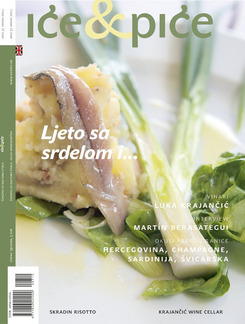Few Croatian savoury delicacies are as mysterious and decently retiring as Ninski šokol. We know almost nothing of its history – as distinct from the ancient royal city of Nin. Dictionaries and lexicons keep mum about it, and there is none of the usual etymological assistance to determine the origin and age of the dish or its ingredients. True enough, the old dictionaries seldom anyway waste their time with trivia of the kitchen, leaving us from the tables of yesteryear only crumbs. And so the tastes of past times can be recuperated only slowly, always understanding that every dish and recipe breathes through the days of the past, ineluctably changing with each new generation. Šokol belongs to oral history, the history of memory, stories and legends that ethnologists commonly untangle, hesitantly and uncertainly. And thus recording the unwritten, they pay heed to the life told by those who still remember well. The oldest, that still remember their grandparents, can sum up the experience and perception of the times that stretch back a couple of hundred years.
Šokol has always been made in the area of Nin; only, as the oldest say, by some luck, good or bad, it stayed outside the currents of commercial production. While pršut and kulen are having to prove themselves and fight with the re-industrialisation of production, with their labels of authenticity and geographical origins, šokol is living a comfortable private life. After all, pršut was usually sold to pay for school or doctor, while šokol was there for family and friends. No one made šokol for sale, and so it did not get much involved with tourism. If you don’t have relatives or good friends to send it to you, then you are not going to chance upon šokol in local restaurants either. While they press pršut upon you, they keep the šokol wisely for themselves. They snicker the while, and are completely right. Some things you make for yourself. Unlike the ubiquitous buđola, its closest relative, šokol is still made in the family. The recipe is secret, of course, and is handed down in whispers from generation to generation.
The secret recipe
Unlike most of our cured meats, šokol is lavishly seasoned. Šokols ripen while drying in the essential north wind, aromatic from the closeness of Velebit and the sea. Usually they would see the light of day again on the Feast of the Apparition of Our Lady of Zečevo, May 5. The feast of Our Lady, from the early 16th century, naturally overlaps with the ripening of this sensual and not at all humble cured meat. Its luxurious aroma of meat, precious spices, smoke and wind could easily be part of feastday boards at the time when the kitchens of the rich were lavishly scented with exotic spices. The expensive, choice foods mirrored the richness of the house in which they were made. Court and monastic kitchens kept the spice routes open, and the fact that Nin had a Benedictine monastery in the 10th century is not unimportant in the history of the cooking of the time. A recipe for šokol could not, for sure, have come into being in an impoverished setting, for it is actually built up on brilliant simplicity.
Salt and wind, which nature provides so lavishly in the area of Nin, have had added to them the refined note of wealth and power, although the true strength of Nin lay actually in salt. It is assumed that the Nin salt pans existed in antiquity, and certainly worked in the Middle Ages, at the time of the Nine commune and the Angevin and Venetian rulers. The saltworks were in operation until 1500, when the business was destroyed for the sake of the Venetian salt monopoly. Even a century and a half after the saltworks went out of business, the Venetians abandoned and destroyed Nin, burning it and bombarding it from six galleys. The city never recovered the fame and glory that once belonged to it. A whisper of the famous and delicious history of Nin is conveyed in stories and recipes, woven into celebrations and feasts, which are repeated self-intelligibly since time out of mind. Nin pilgrims to the islet of Zečevo, site of the appearance of the Madonna, had their lunch and breakfast of šokol. It was also eaten during major agricultural exploits, reaping or vintage. The cut string that binds tight the šokol is the thread that links the crammed boards and the tablecloths spread upon the ground. Linked royal and noble history with the often prosaic everyday life, past experience that using everything that nature offers has always created perfection. I hope that šokols are still going to hang in the sharp northerly, savoury and scented with the spices that today, luckily, do not have to be paid for in gold.
